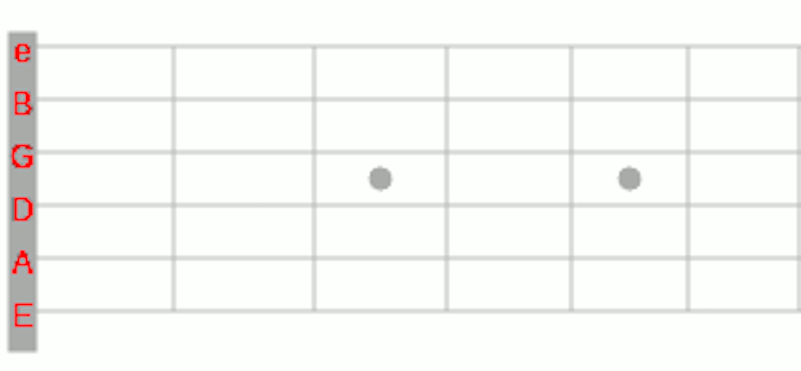Learn Guitar Fretboard Notes
Master the guitar fretboard with proven techniques and memorization methods
Learning guitar fretboard notes is one of the most important skills for any guitarist. While it may not seem exciting at first, mastering the fretboard is essential for playing guitar effectively. This comprehensive guide will teach you proven methods to memorize all fretboard notes quickly and efficiently.
Whether you're a complete beginner or looking to finally tackle the fretboard, this step-by-step approach will help you understand note patterns, memorization techniques, and practical applications that will transform your guitar playing.
🚀 NEW: Interactive Fretboard Trainer!
Practice What You've Learned
Now that you understand the theory, put your knowledge to the test with our brand new interactive fretboard trainer! This game makes learning the fretboard fun and engaging.
Perfect for beginners: Our fretboard trainer is designed specifically to help you apply the patterns and techniques you've just learned in this guide. It's the perfect next step in your guitar journey!
Free to use • No registration required • Works on all devices
Why Learn Guitar Fretboard Notes?
Understanding the fretboard is crucial for several reasons:
Essential Benefits: Knowing fretboard notes helps you understand chord construction, find notes quickly during solos, communicate with other musicians, and unlock advanced guitar techniques like scales and modes.
Step 1: Master the Open String Notes
Before diving into fretboard memorization, you must know your open string notes. Starting from the thickest string to the thinnest:
E
A
D
G
B
e

Pro Tip:
Notice that the 6th string (low E) and 1st string (high e) are the same note, just two octaves apart. This means once you learn the 6th string notes, you automatically know the 1st string notes!